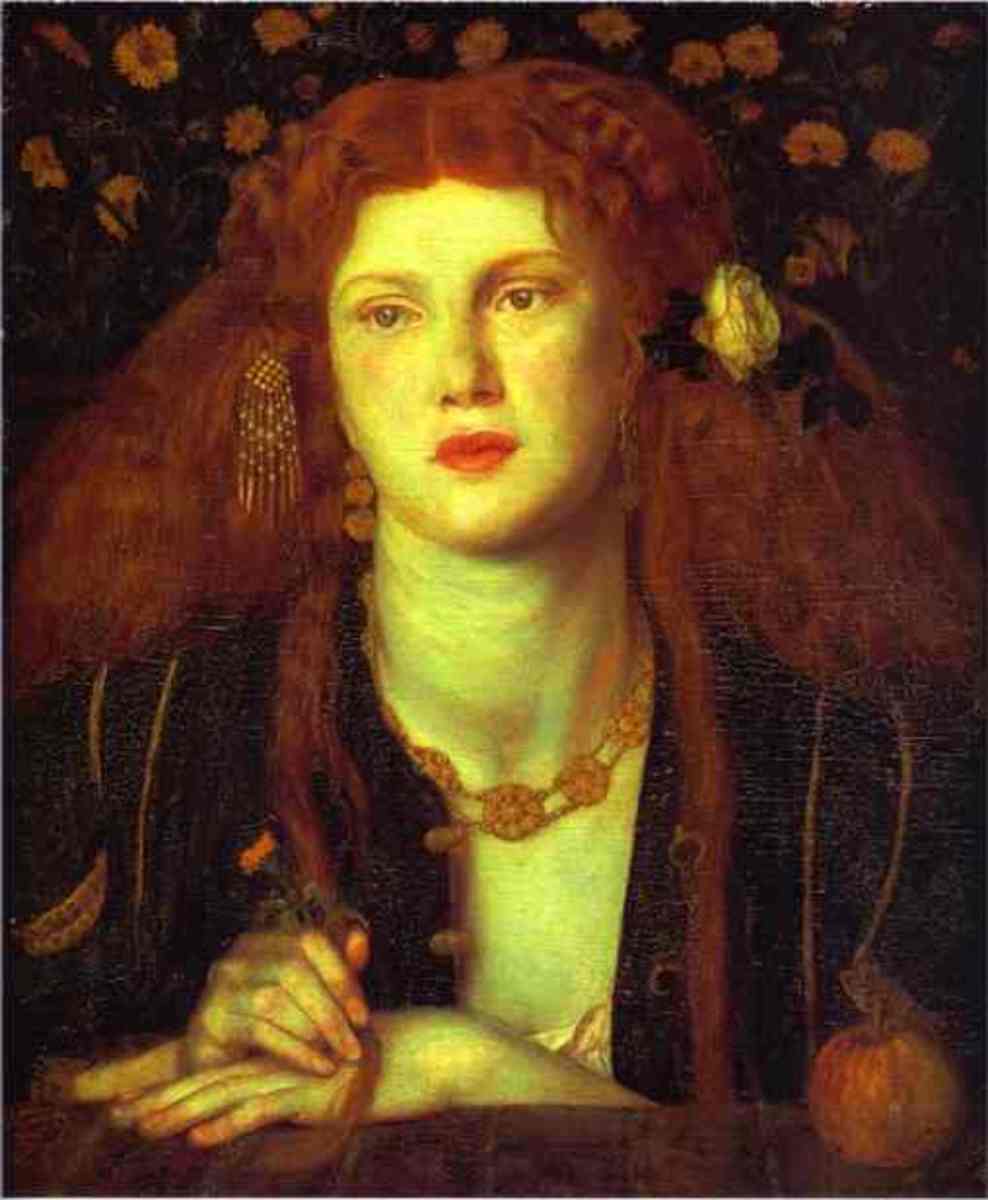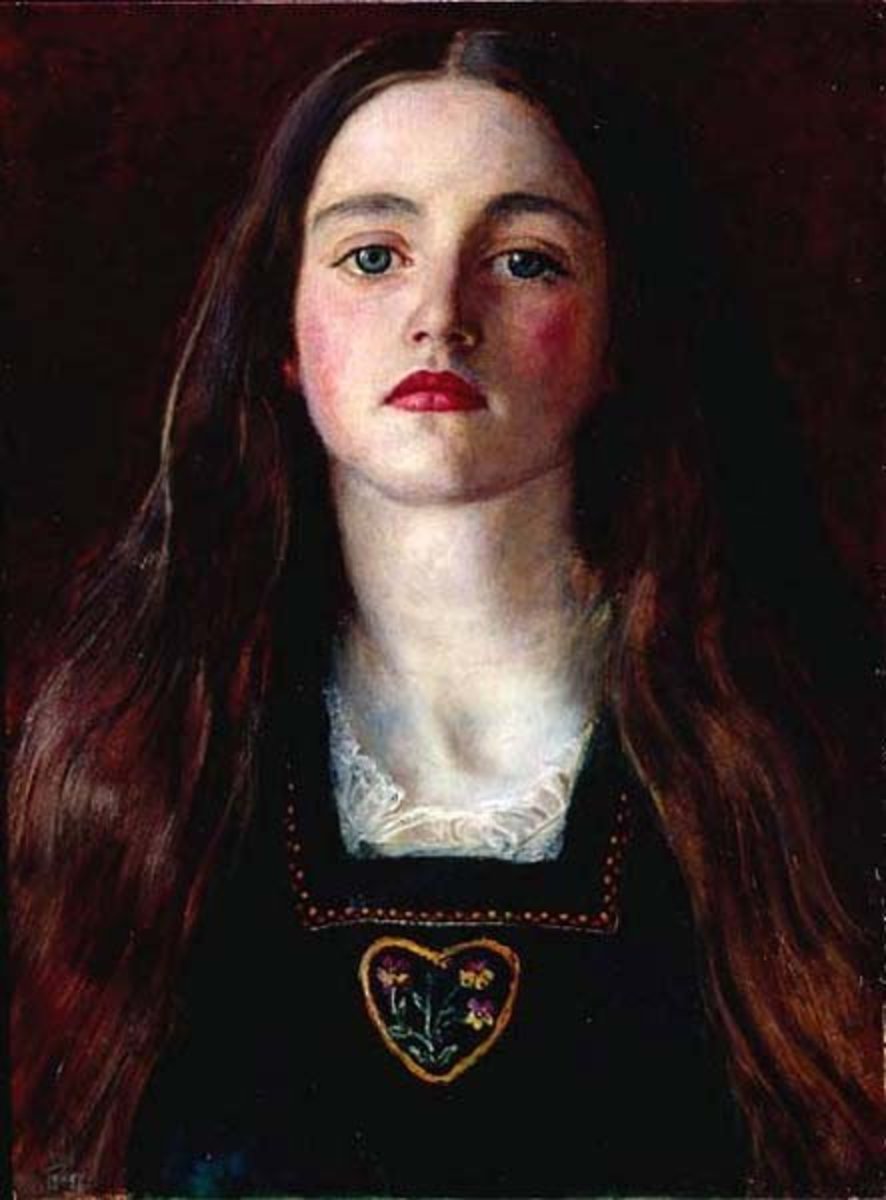What is Bohemian Fashion?

Bohemian fashion is based on the concept of the free spirit, boho fashion s it is commonly called is a segment of mod which is reminiscent of vintage style, floral trends that the 60s and ‘70s brought with it, rock chic pieces, as well as a mix of unusual ethnic symbols from around the world.
Although the style has been around for quite some time, it is currently experiencing a boost in popularity. In the new millennium, boho chic style was seen in early 2005 on the likes of many famous models and stars. These include the gorgeous models Sienna Miller and Kate Moss as well as the actress and business woman Mary Kate Olsen who were among the first to trigger the rebirth of this trend. Fast forward to 2016 and the trend has once again experienced a modern twist, being seen on many a runway.

200 Years of Boho Fashion
Bohemian style has, for over 200 years, been an exotic alternative to the accepted fashions of a given period. Generally associated with artists, writers, and intellectuals, bohemian culture incorporates various clothing styles from around the world, as well as historical costume.
This style consists of loose, colorful clothing and has been known as boho chic, hippie style, and Aesthetic dress. With their long flowing hair and rich, though threadbare fabrics, bohemians stand out in a crowd representing a colorful counterculture based on creativity, poverty, and an indifference to social structures and traditions.
Origin of Bohemian Style
The bohemians, as a counterculture, appeared in France after the French Revolution. Deprived of the former system of patronage, where wealthy clients supported the arts, artists were plunged into poverty. Many took up a nomadic lifestyle, lived cheaply, and wore worn-out, unfashionable or used clothing.
Formerly, an artist was seen as a skilled and talented craftsperson. But the Romantic Movement of the late 18th century rejected the confines of bourgeois life and the former importance placed on reason, to embrace the imagination.
A new cult of personality emerged with the artist as hero and individual style expressed in the way one dressed. An artist became a special type of person, not merely a craftsperson, but a kind of eccentric genius whose creativity was displayed in the way they lived and looked. The artist himself (or herself) was a piece of art.

Export
Import




